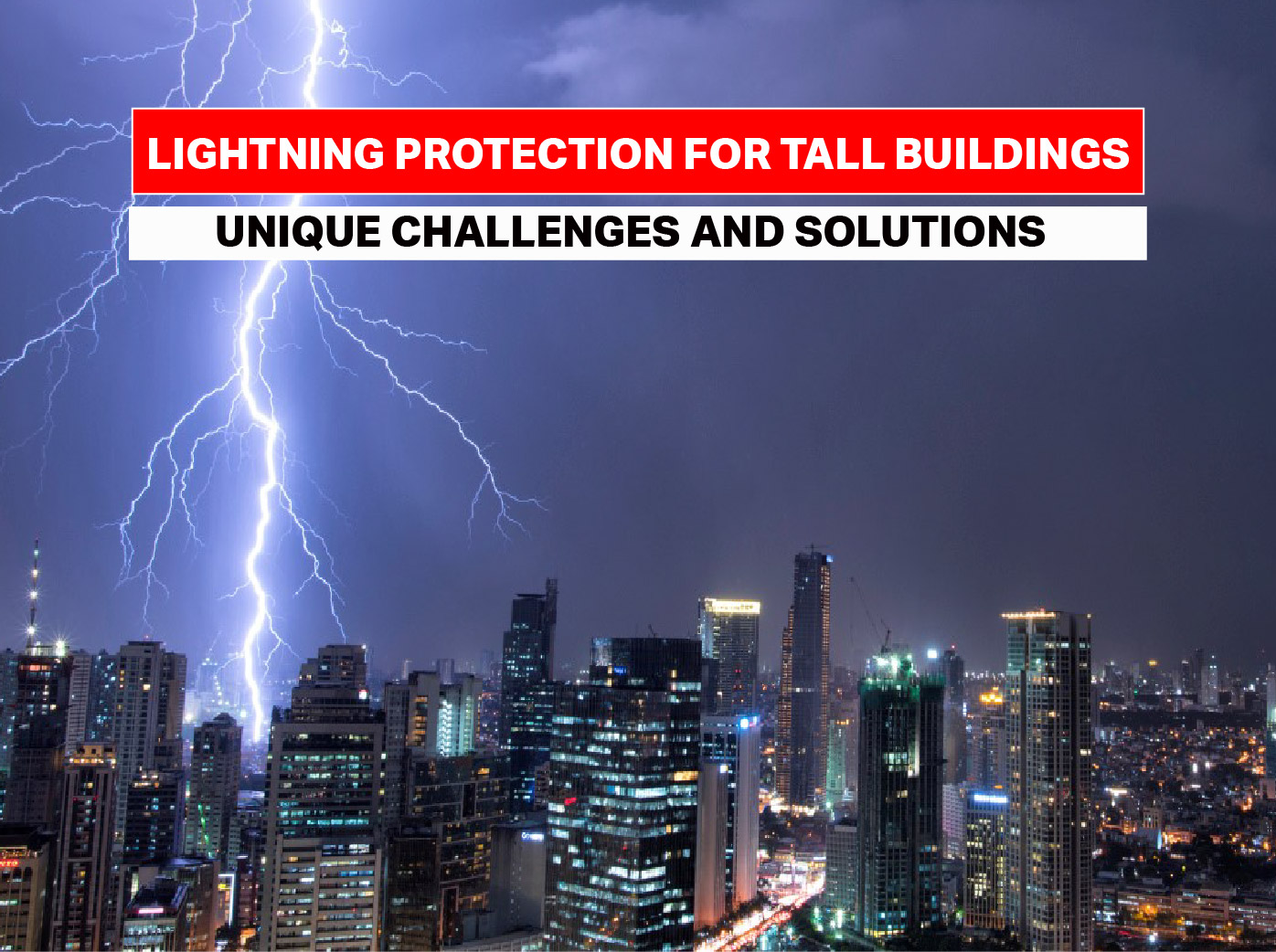Due to the height of tall buildings, skyscrapers, and iconic structures, more people are at risk for being struck by lightning. They are taller than anything near them, so they get struck by lightning by default. Which makes a dependable lightning security system much more crucial to the security of the building protected from lightning damages. In this blog we’ll explore the needs tall buildings have with regard to lightning and how to best protect them. Whether you’re a skyscraper manager or just value a little insight into the science of lightning protection, this guide will deliver all the essentials in a digestible format.
Why Tall Buildings Are More Vulnerable to Lightning Strikes
The taller something is, the more likely it is to get struck by lightning, and tall buildings are, of course, the tallest things around. Lightning seeks the shortest path to earth, and tall buildings, in particular those made of steel or other conductive materials, provide a road of least resistance. A lightning strike without adequate protection can result in considerable damage to the structure, ignitions, and electricity system disruption.
Lightning strikes can also generate power surges in the wiring of buildings, affecting lights, computers, HVAC systems, elevators and more. This is exactly why it’s so crucial to install a reliable lightning protection system to protect both the building as well as the people inside from these dangers.
Key Challenges in Protecting Tall Buildings from Lightning
1.Height and Exposure:
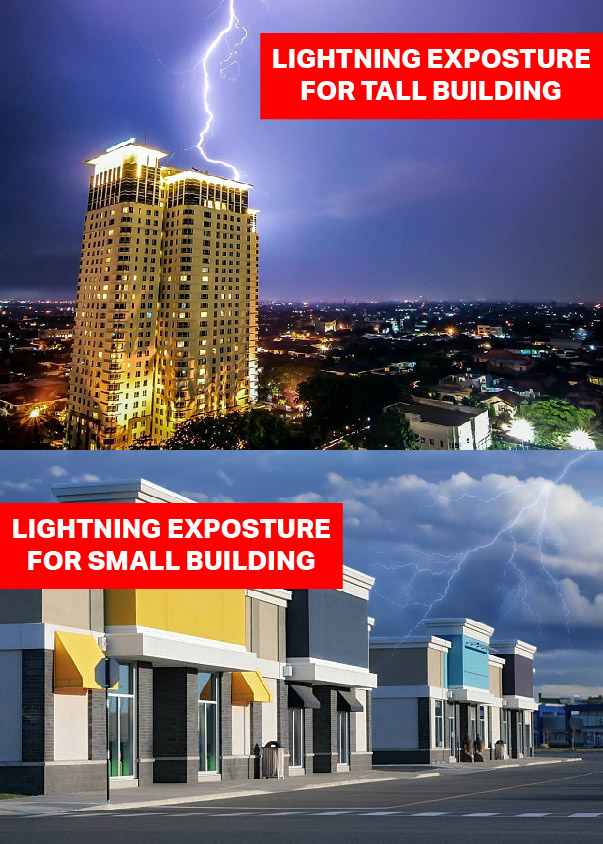
Tall buildings are more exposed due to of their height As stated above the height of tall buildings make them more vulnerable to lightning strikes But this height can make it challenging to install and maintain an effective protection system. Because these types of buildings are most often found in highly dense urban spaces, accessibility and safety concerns become paramount for maintenance and inspections.
2.Electrical Surges:
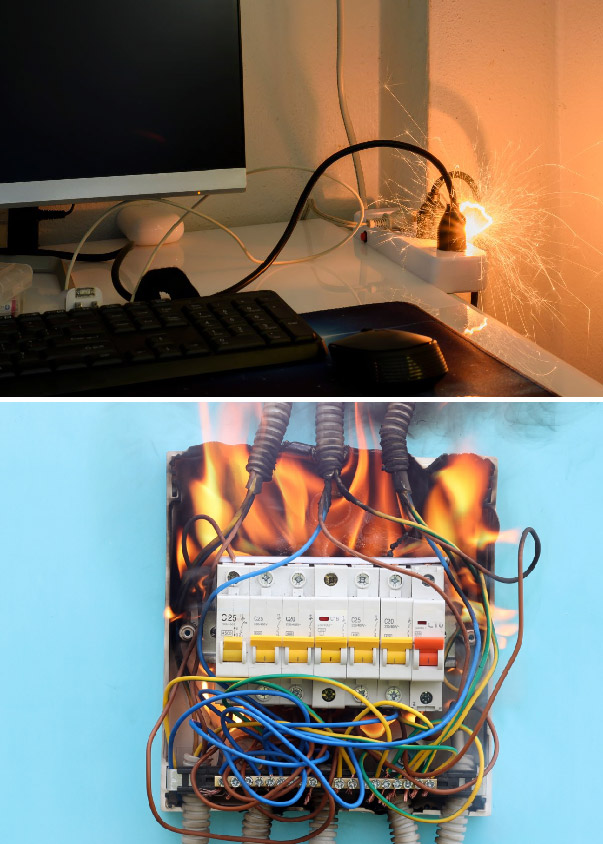
When a skyscraper is hit by lightning, it can cause a dramatic increase of voltage that travels through the building’s electrical system. This burst of electricity can wreak havoc on sensitive devices, including computers, communication systems and electrical paneling. Surge protection devices are critical in preventing this type of costly damage.
3.Complex architecture:
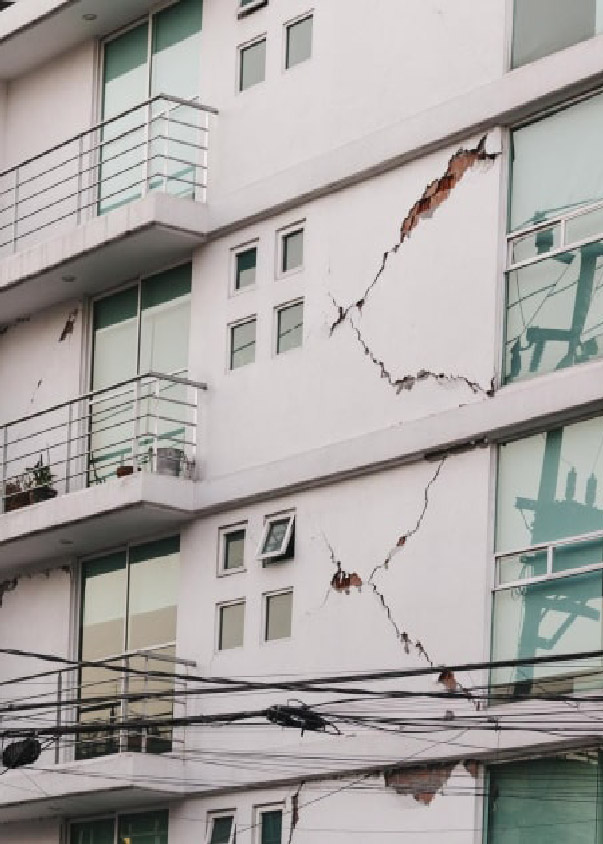
When considering lightning protection systems of tall buildings, complex and diverse architecture can make it difficult to find a one-stop approach to its protection. Unusual architecture elements such as curved shapes, glass facades or several floors of the building all need to be carefully worked with to provide proper interception and safe earthing for lightning.
4.Wind, Climate and Other Environmental Elements:
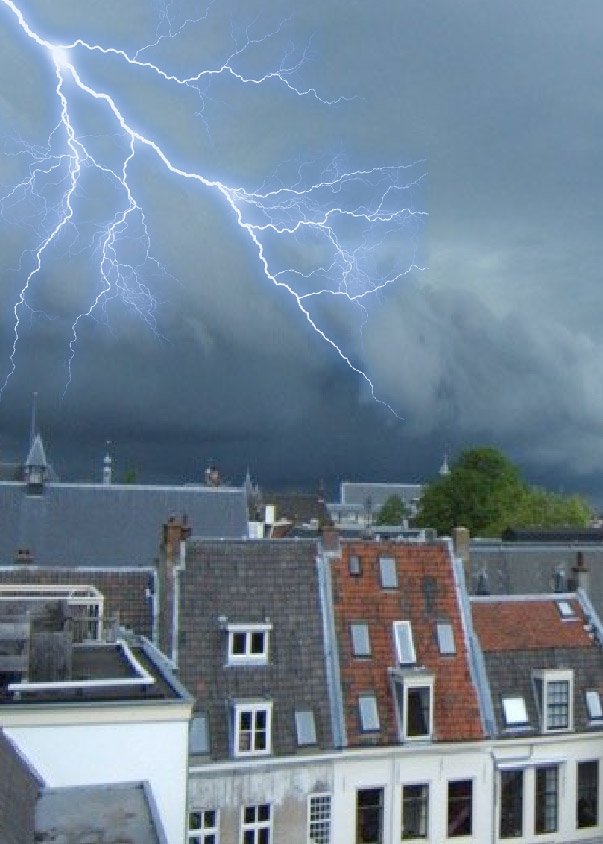
High-image buildings also face phenomenal weather situations like heavy winds, storms, and precipitation. Lightning protection systems must to be installed with integrity, and it complicates the installation efforts.
Solutions to Lightning Protection for Tall Buildings

Lightning Rods and Air Terminals: The most reliable method of lightning protection is the installation of lightning rods, also referred to as air terminals, on the roof of the building. They break thunderstorms completely and give a controlled way down of lightning to take the electricity to the ground without harming people in general. In addition, high buildings require a network of lightning rods that should be installed in such a way that the entire building is protected.
Conductors: They are wires or cables that connect the lightning rods to the building’s grounding system. These conductors are usually either copper or aluminum, both of which are great conductors. In case of colossal (tall) structures, it should be able to carry voltage resulting from a lightning and grounded safely to the surface.
Grounding Systems: they are important for dispersing the electric energy from a lightning discharge into the ground. Grounding systems for tall buildings usually consist of a network of grounding rods or plates buried deeply underground. These systems protect against lightning energy entering the building’s electrical infrastructure by safely (and harmlessly) moving it to ground.
Surge Protection Devices (SPDs): are devices that protects electrical gadgets from voltage surges, especially as a result of lightning. Installed in a building’s electrical infrastructure, these devices safely bolt down excess energy into the ground, protecting sensitive equipment like computers and HVAC systems from damage. This protects your electronics from any damage or dysfunction caused by a lightning event.
Early Streamer Emission (ESE) Systems: A new approach to protection from lightning strike on high-rise structures is provided through Early Streamer Emission (ESE) systems. Essentially ESE systems are operated by releasing a controlled upper streamer a few milliseconds before the discharge strikes, increasing the interception probabilities. Buildings with unique shapes or large glass areas generally require a more integrated solution, which these systems can be conveniently designed to provide.
Ashlok’s Comprehensive Lightning Protection Solutions

When it comes to protecting tall buildings from lightning, Ashlok goes beyond just providing products Explore Ashlok’s earthing & lightning products. Their systems are designed to work seamlessly together, ensuring every aspect of your building is protected. From advanced lightning rods to surge protection devices, Ashlok helps you safeguard not just the structure, but also the sensitive electronic systems inside. Choose Ashlok’s solutions for peace of mind, knowing you’re covered by reliable, industry-leading lightning protection systems.



